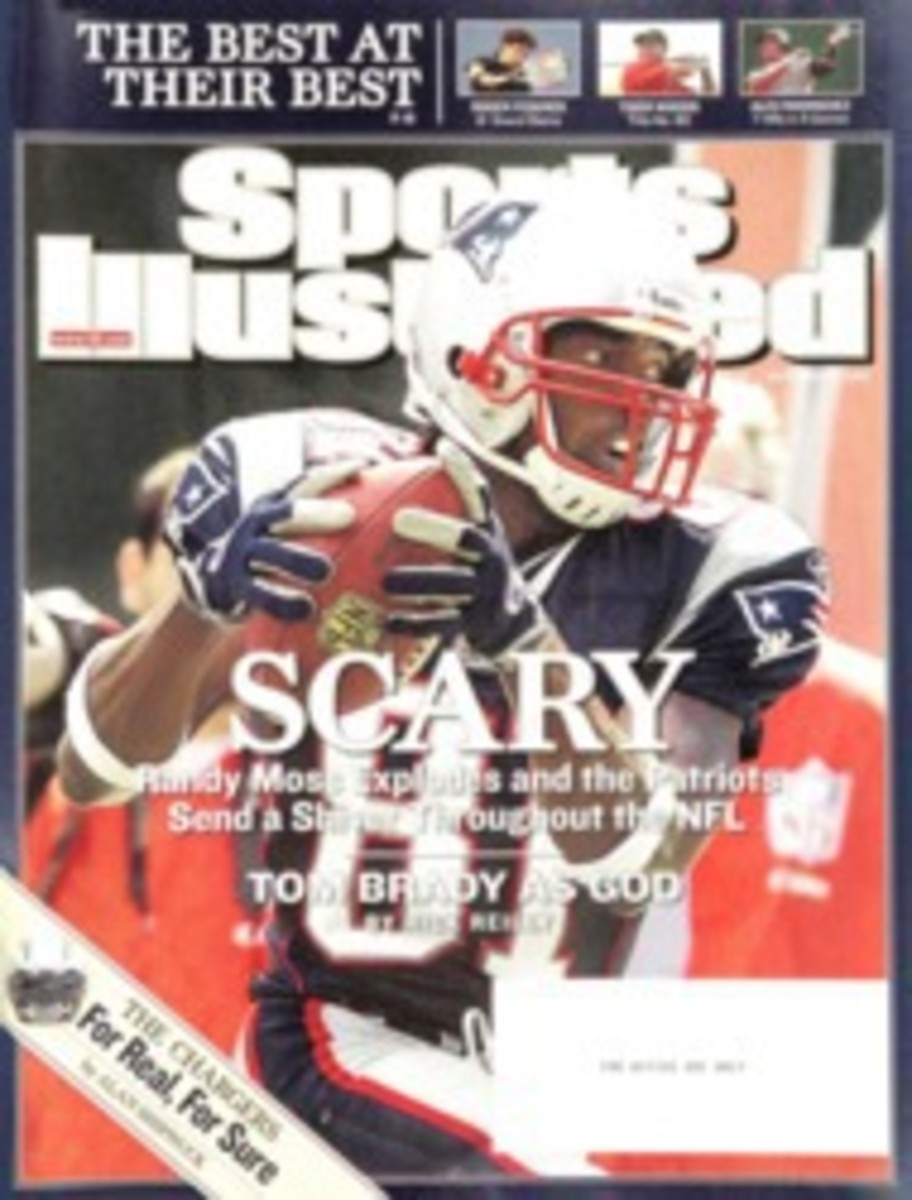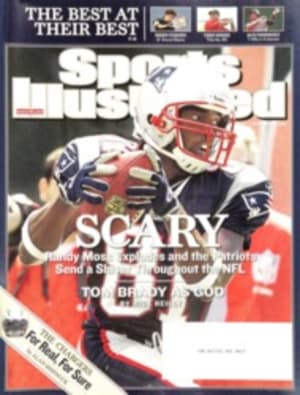
Toasting Toots
EVERY ERA has its signature joint, a watering hole where people gather to drink, see, be seen or simply revel in the zeitgeist. Studio 54 in the 1970s. The Viper Room in the '90s. In the disconnected television age, even Cheers counts.
In the '40s and '50s the epicenter of postwar nightlife was Toots Shor's eponymous place on West 51st Street in Manhattan, an establishment that comes barreling back to life in the documentary Toots. Shor pulled off the rarest of feats in the restaurant business. He built a neighborhood pub with celebrity cachet, a place where Earl Warren might sit across the room from mobster (and Shor confidant) Frank Costello, while Sinatra, Mantle, Gleason and Monroe jockeyed at the bar with local cops and reporters. As The New York Times wrote in Shor's 1977 obituary, he "was a magnet around which flowed many of the special streams of New York's greatness."
Toots, which was directed by Shor's granddaughter Kristi Jacobson and opens in New York City this Friday, traces Shor's rise from hardscrabble Philadelphia kid to national celebrity. It's a loving portrait, well--colored by period photos and film clips, current interviews and a revealing conversation with Shor recorded in 1975. The notoriously blunt Shor would appreciate the film's honesty. It refuses to gloss over his drinking, hopeless gambling and incompetence as a businessman.
Shor, who was on SI's cover in 1959, loved sportsmen, and he presided over the world's greatest sports pub—with the athletes at the next table, not inside a TV. Shor was one of Joe DiMaggio's few close friends (until Joe took umbrage at a rude remark about Monroe and froze Shor out for 20 years), and in Toots Frank Gifford movingly describes how Shor guided him through his retirement in 1960 and subsequent NFL comeback. "Toots's mission was to connect sportswriters and athletes in a way that they could get to know and understand each other," former New York Post scribe Maury Allen says in the film. For all the black-and-white photos of barrooms full of smokers, that's the starkest reminder that Shor thrived in a bygone era. To him, athletes were of the community, not above it, and the line between fan and friend was nonexistent.
Book Watch
MANY FANS envy the life of a sportswriter. Many sportswriters would envy S.L. Price—specifically, the assignment the SI senior writer landed in 2003, reporting for a year from a temporary home in the south of France. Price had olive trees in the backyard, good wine on the table and a continent full of stories.
In Far Afield, Price evokes the magic of that year, when he wrote about skiing, soccer, tennis, cycling, cricket and the Olympics. He also describes the challenges of being an American abroad, not the least of which, he writes, is constantly having to answer for President Bush's decisions. But what sets the smart and honest Far Afield apart is Price's accounting of how he arrived at this place—not just in France, but in life. He examines his difficult relationship with his Marine father and his disdain for his hometown of Stamford, Conn. He also reflects on his professional growth, which began while covering Michael Jordan when both were students at North Carolina and hit an apex with a career--defining revelation while covering the Mike Tyson-Carl (the Truth) Williams bout in 1989.
It was then that Price realized his job was not only to report but also to identify defining truths. (This insight comes while reading Pete Hamill's fight coverage, not from meditating on Williams's nickname.) The truth Price finds in France is that he can never escape the forces that molded him. In his year abroad the richest subject he discovered was himself.
PHOTO
SPORTING NEWS ARCHIVES/ICON SMI (SHOR AND FRIENDS)
BELLY UP Shor (third from left) played with Leo Durocher, Sinatra and DiMaggio.
PHOTO
LEE FRIEDLANDER (SI COVER)
PHOTO

